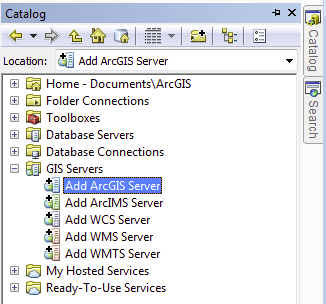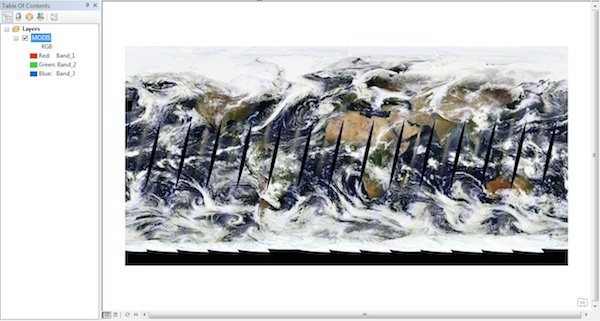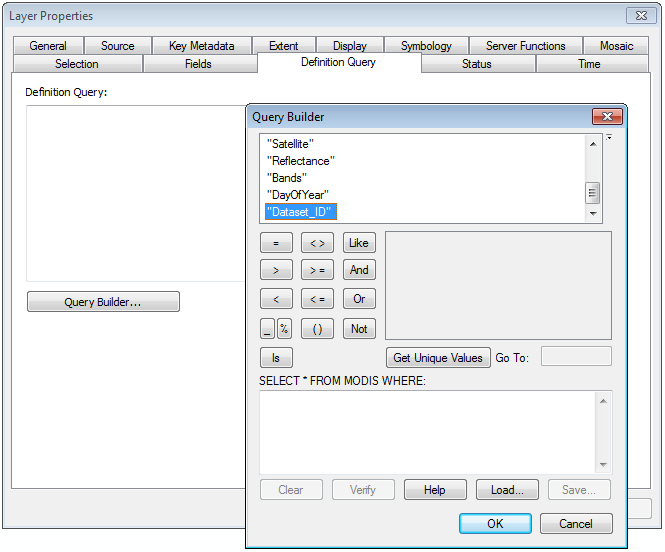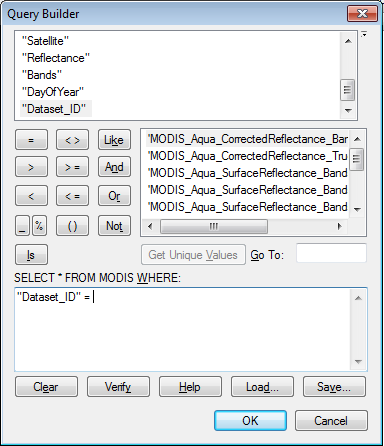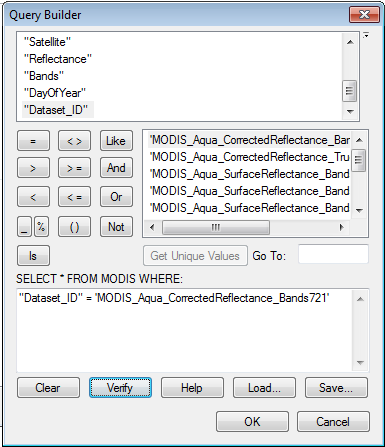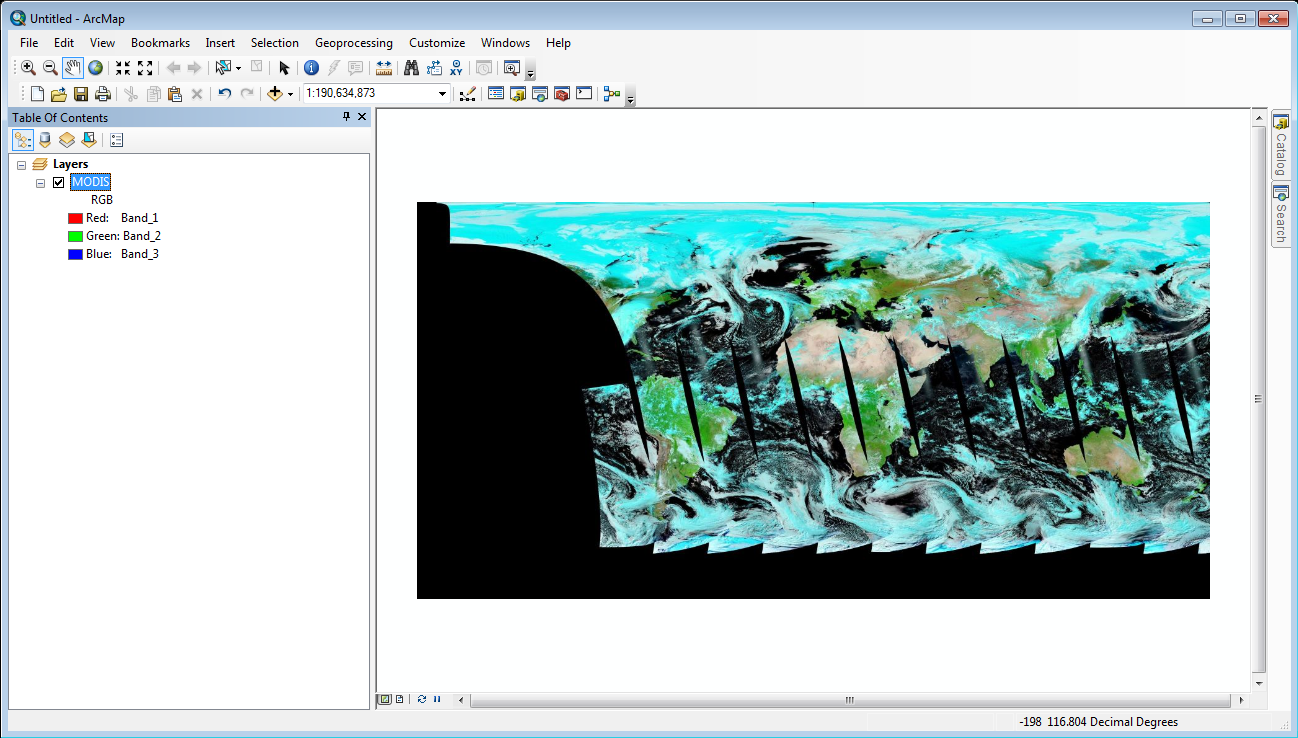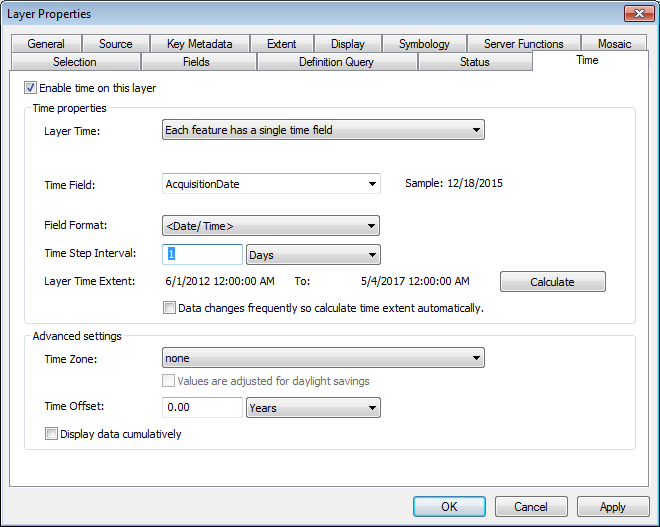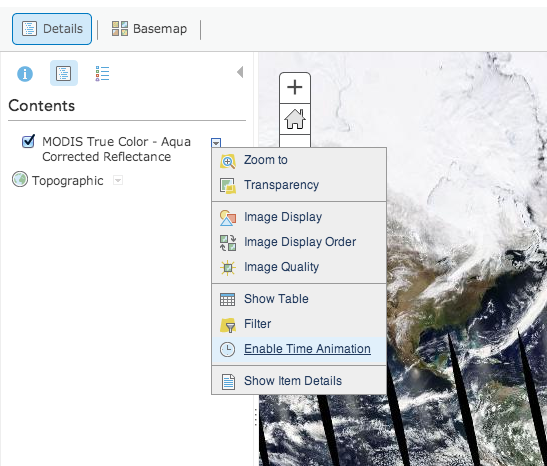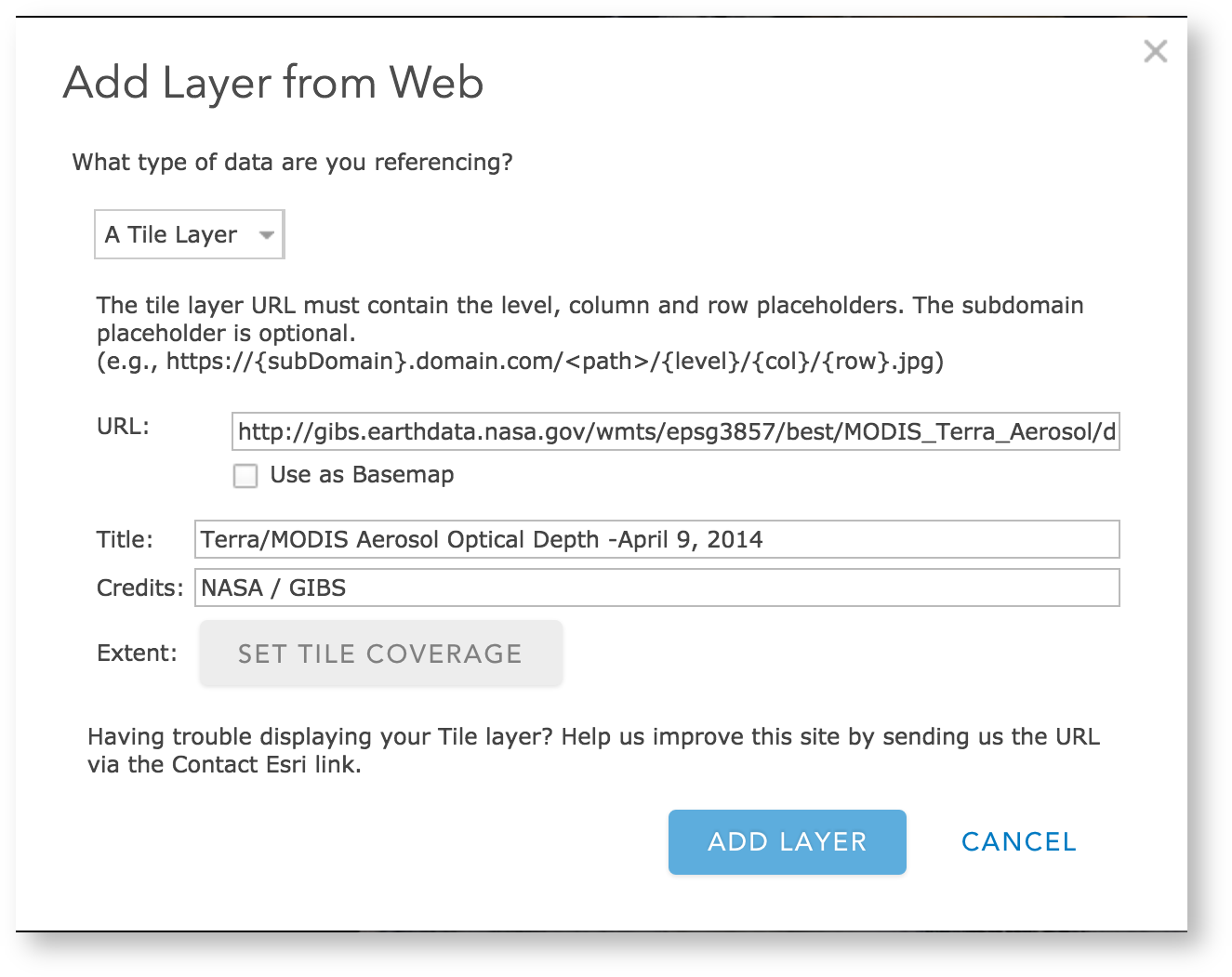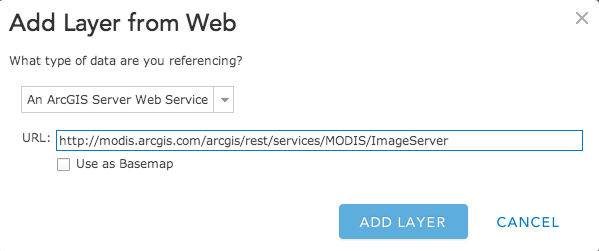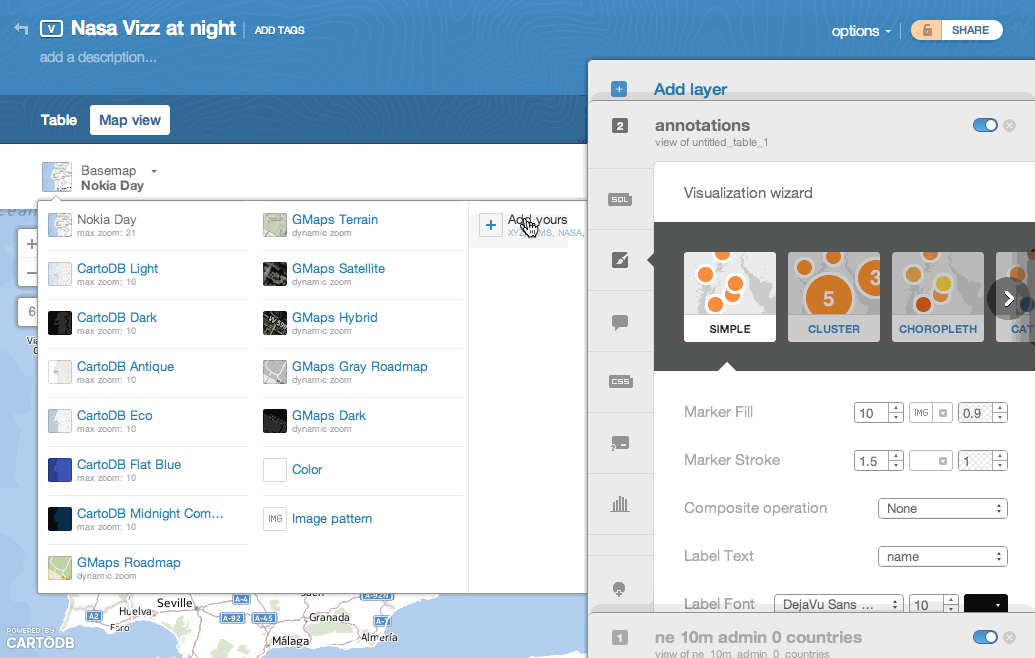Adding GIBS layers to ArcGIS Online as Several GIS and imagery viewing tools support access to NASA's Global Imagery Browse Services (GIBS) via OGC Web Map Tile Service (WMTS) and Tiled Web Map Service (TWMS) protocols. Listed below is a set of these tools along with instructions and screen captures to help import imagery into them.
Please note: many existing GIS applications and the OGC WMTS specification do not currently handle time-varying imagery layers. We are actively working with OGC to address this issue. In the meantime, one of the simplest methods of importing GIBS imagery into your GIS application is to use Worldview's "image capture" tool (camera icon in upper right) to export imagery as a GeoTIFF which can then be imported into your application.
| UI Expand | ||
|---|---|---|
| ||
GIBS imagery layers can be directly imported into ESRI ArcGIS/ArcMap 10.2.1 or later. It uses an ESRI-run relay service which adds an ArcGIS Server interface layer in front of GIBS. Requirements
Instructions:
Note: while ArcMap currently supports OGC WMTS layers as does GIBS, the time-varying layers in GIBS are not compatible with ArcMap through WMTS due to the non-standard nature of the "time" parameter in many GIS applications and protocols. The above ESRI relay works around this problem. |
| UI Expand | ||
|---|---|---|
| ||
GIBS imagery layers can be imported into ESRI's ArcGIS Online in one of three ways: as a predefined layer, "a Tile Layer", or through an ESRI-run relay service which adds an ArcGIS Server interface layer in front of GIBS. Adding GIBS layers from a list of ones predefined by ESRI
Adding GIBS layers to ArcGIS Online as "A Tile Layer"
Adding GIBS layers to ArcGIS Online as "An ArcGIS Server Web Service"
|
| UI Expand | ||
|---|---|---|
| ||
GIBS products can be used directly from within CartoDB. This can be done by adding a basemap from either “NASA” or a generic X/Y/Z template. Method 1: adding a "NASA" basemap:
Method 2: adding a GIBS layer from a generic X/Y/Z template
|
| UI Expand | ||
|---|---|---|
| ||
Use NASA imagery in your planetarium! The SCISS Uniview software supports access to GIBS imagery through the Tiled WMS service endpoint using the geographic projection (EPSG:4326). The list of available products can be found here. |
| UI Expand | ||
|---|---|---|
| ||
GIBS can generate KML files to be used with Google Earth. Those KMLs include pointers to GIBS imagery via the NetworkLink keyword. Users have two options on loading KML files into Google Earth as described below. RequirementsUsage (Generate/Download KML file)Using the information on generating KMLs, you can load that downloaded file from within Google Earth (File | Open) or usually by simply double-clicking on the KML file itself. The layer will show up in the "Temporary Places" within the "Places" window. Usage (Load from within Google Earth)After launching Google Earth, choose the "Network Link" item from the "Add" menu. Choose whatever Name you wish and in the "Link" field, insert the appropriate link (e.g., https://gibs.earthdata.nasa.gov/twms/epsg4326/best/kmlgen.cgi?layers=MODIS_Terra_CorrectedReflectance_TrueColor&time=2012-06-21). The list of available layers can be found here. For more details on how to compose a proper KML generation request from the GIBS server, see here.
|
| UI Expand | ||
|---|---|---|
| ||
Perceptive Pixel, a company that makes high-end touch displays such as CNN's Magic Wall, includes a built in WMS client that can be configured to use TWMS. The FeltBoard application allows for a natural user interface to interact with maps and allows arbitrary map layer sizing, rotations, intersections, as well as annotations. Requirements
UsageThe FeltBoard application requires the server2.xml file to be updated with the WMS endpoint for each layer. The list of available layers can be found here. The <base_deg> is the size of the most coarse tile in degrees and must be a divisor of 180. The <depth> tag is set to the number of levels in the tile pyramid. This value may not be the entire tile pyramid, rather, the number of levels starting with the tile level that <base_deg> defines. The <wms_options> can be used to define a specific date.
Screenshots |
| Hide comments |
|---|
